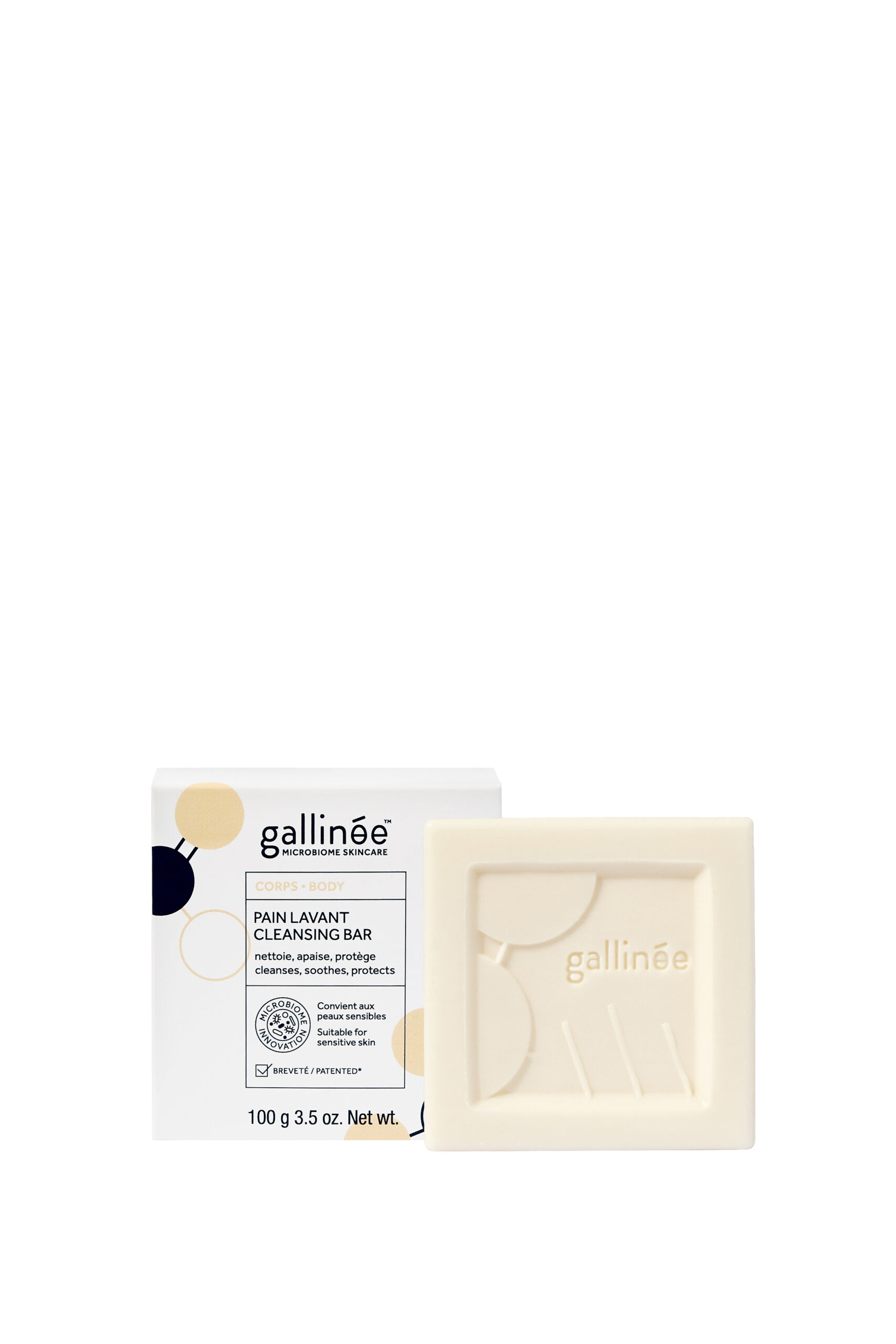In our society, we revere too much cleanliness and sterility of surfaces, hands, and body, with the aim of killing all the bacteria (it hurts just by writing it). But now we know that bacteria can be pathogenic but also beneficial, and these ones are the most important. They enable our immune system to develop properly and to recognize which microorganism to fight against or not.
These products that lie to us…
First, let’s take the example of one of our “best friends”, who unfortunately are not so good for us: hydroalcoholic gels.
These gels are mostly known to remove more than 90% of the bacteria from the skin. However, studies have shown that among these bacteria, more than 50% were actually good bacteria. They also change our remaining microbiome: its reproductive capacity is greatly reduced.
Our advice: nothing better than water and gentle soaps, these gels must be used only in case of “emergency”. We advise you to avoid using it on children. In fact, they put a lot their hands to the mouth so they could ingest some.
Another product that should not be abused is indoor antiseptics, topical antibiotics (Gallinectionary: local application on an external part of the body). Indeed, our microbial diversity is falling and the extinction of a species can give room to another one way more harmful.
Moreover, children are increasingly developing environmental allergies. What if these products, associated with other factors, induced them? As indoor deodorants (being anti-mite, anti-bacterial, or just odorous), they add harmful chemical molecules in our saturated environment and could be, in the long term, carcinogenic.
Finally, the formulation of cosmetics is also an issue:
- A pH not adapted to the pH of the skin
- Ingredients, natural or synthetic, too aggressive
- Make-up acting as cellophane on the skin
- Overpowering conservatives killing all the commensal flora
It is by being gentle, with intelligent products and mimicking nature that we will go far.
What is the problem with our way of life?
A sterile skin and a damaged microbiome. It doesn’t have time to regrow completely because our washing rhythm is too intensive.
The consequences for my bacteria?
The good ones are no longer present, the acid protective barrier they usually create doesn’t protect the skin efficiently anymore.
The consequence for our skin?
It is more receptive to external aggressions, ages faster, and is more prone to problems such as irritation, redness, atopic diseases, etc.
The solution?
Don’t be afraid of dirt and find a balance between the well-being of the body, the microbiome, and rhythms of hygiene.
As an example, Vivienne Westwood, a 76-year-old queen of punk, whose youth secret is to wash only once a week. (https://www.theguardian.com/fashion/2017/oct/01/vivienne-westwood-secret-to-staying-young-dont-wash-too-much)
Clean and healthy!
In winter, rain infiltrates the ground like a breath of life, then spring takes place, with its cherry blossoms and its greenery. In the summer, desert temperatures dry up grounds and water supplies; but fortunately, autumn creates a fertile breeding ground again. Then, the cycle starts over and over. If you take a shower twice a day, somehow you expose your skin/microbiome ecosystem to an endless summer season. Stop the nonsense, let’s go back to a normal and natural microbiome cycle.
Because hygiene is also a bit like a plate of cheese/charcuterie with red wine … Do not overdo it but still … it feels good to have it sometimes.
Speaking of hygiene, a Gallinée biotic bar is in the process … Meanwhile, I won’t shower! OK, that’s a joke, so I’m going to uncork a bottle of wine.
Have a nice shower!
Elo x Mathilde





















